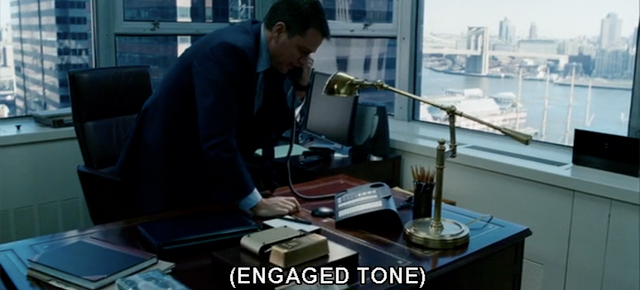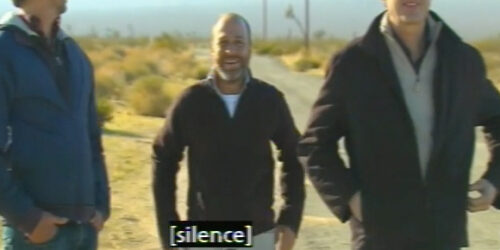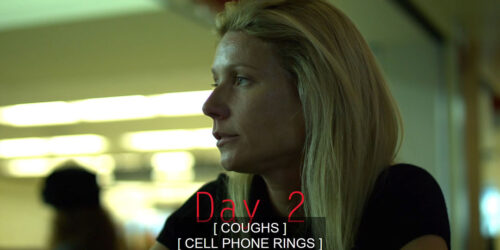Busy signal or engaged tone? Captions, language variety, and localized accessibility

How would you caption this phone sound? If it can be captioned in more than one way, how do you choose the way that is best? What if the option you prefer depends on the variety of English you speak?
Differences between American and British English can pose problems for some users of closed captions. Quite a few British words are not commonly used in the United States, or have different meanings for American viewers. (Follow these links for entries on the British “engaged tone” vs. the American “busy signal.”) While speech sounds should always be captioned verbatim, non-speech sounds offer greater freedom and present new challenges for the captioner. At times, non-speech sounds need to be considered from the perspective of the language variety typically spoken or signed in the DVD region in question. While it may not be feasible to localize English captions for both British and American caption users, captioners should remember that less common British terms may cause confusion for some American DVD caption users (and vice versa).
This point hit home for me recently while watching the official DVD version of The Adjustment Bureau (2011). It’s a quintessentially American movie based on a short story by American sci-fi author Philip K. Dick, set in New York City, and pushed along initially by the main character’s political aspirations for U.S. Senate. The movie relies heavily on NYC for its visual backdrop. The closing credits give thanks to “The People of New York,” “The City of New York,” Mayor Bloomberg, and a variety of locations and landmarks in the City. Perhaps that’s why, given the extent to which the movie seemed to be so thoroughly American (with the notable exception of British co-star Emily Blunt), I took special notice when a sound I had only known as a “busy signal” was twice captioned with a British term (“engaged tone”) that I wasn’t familiar with. Both cases involve Matt Damon’s character:
These two “engaged tone” captions occur at 00:23:17 and 00:45:42. (Download the full caption file and search for “engaged tone.”) Although the movie script written by American screenwriter George Nolfi (also the movie’s director) makes no reference to busy signal sounds in these two scenes, the script does describe a “fast busy” sound in another scene involving a busy signal. Given that Nolfi is American, I’m not surprised he chooses “busy” over “engaged.”
Localizing captions
Why does this minor example matter? It matters, I would argue, because it points to the need to consider language variety or DVD region when captioning non-speech sounds. Just because a non-speech sound is captioned using a familiar term doesn’t guarantee that it will be automatically accessible to viewers who may have cut their teeth on a set of competing terms. Captioners should at least keep in mind that British and American varieties of English are separated by hundreds of words with different meanings, as well as hundreds of British terms that are not widely used in the U.S., starting with “engaged tone” for the American “busy signal.” Granted, savvy caption users will rely on the surrounding context to make sense of unfamiliar words (just as savvy readers have always done). But the most accessible solution will account for language variety in such a way that captions can be localized for specific audiences.
[Fair use notice: The videos on this site are transformative works used in good faith, in keeping with Section 107 of U.S. copyright law, and as such constitute fair use of copyrighted material. Read this site’s full fair use notice.]






It’s a good point that there are important differences between UK and US English (and other forms of English spoken throughout the world), but closed captions are used in North America only. In the UK, the rough equivalent would be SDH/HOH subtitles.